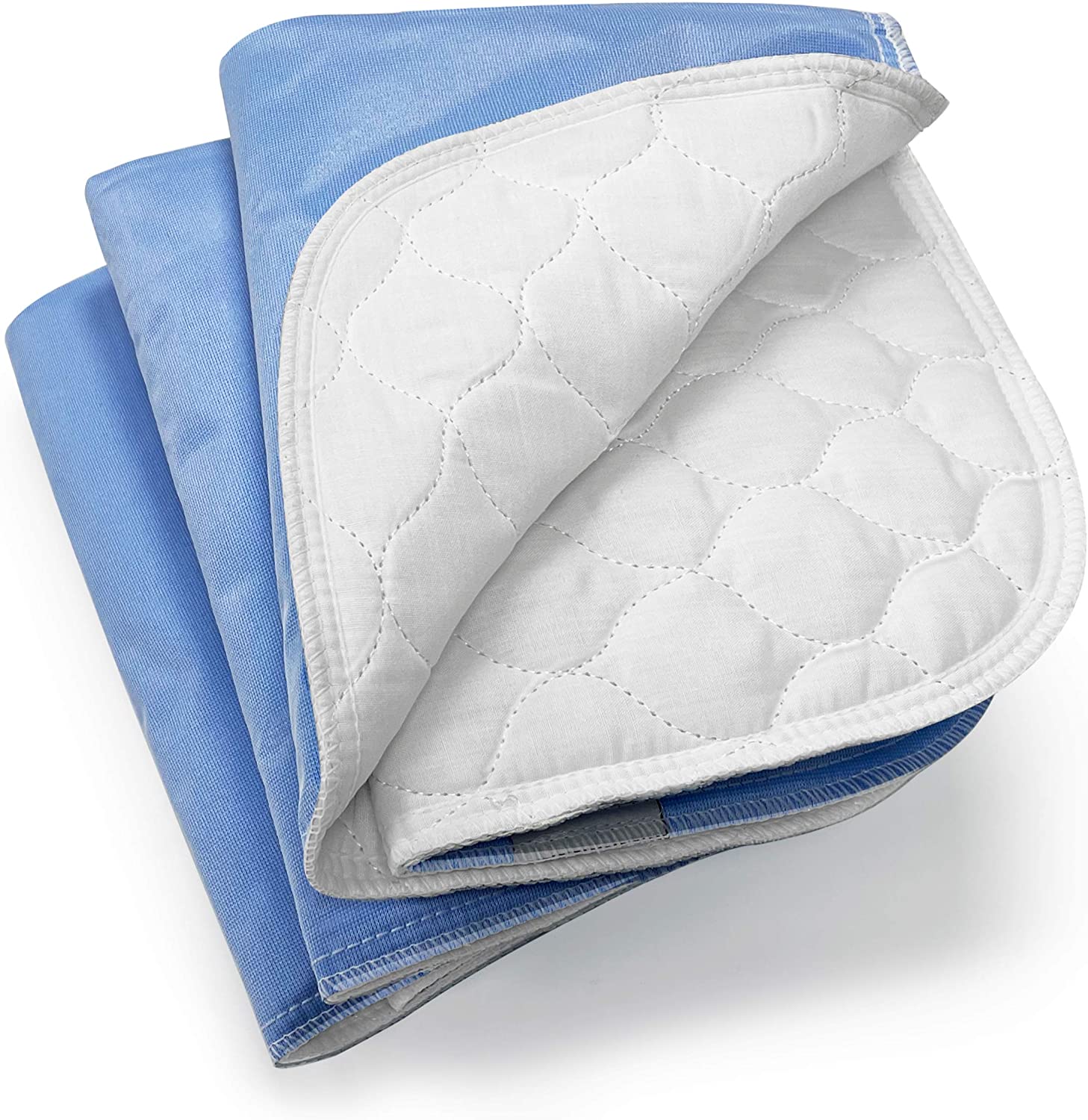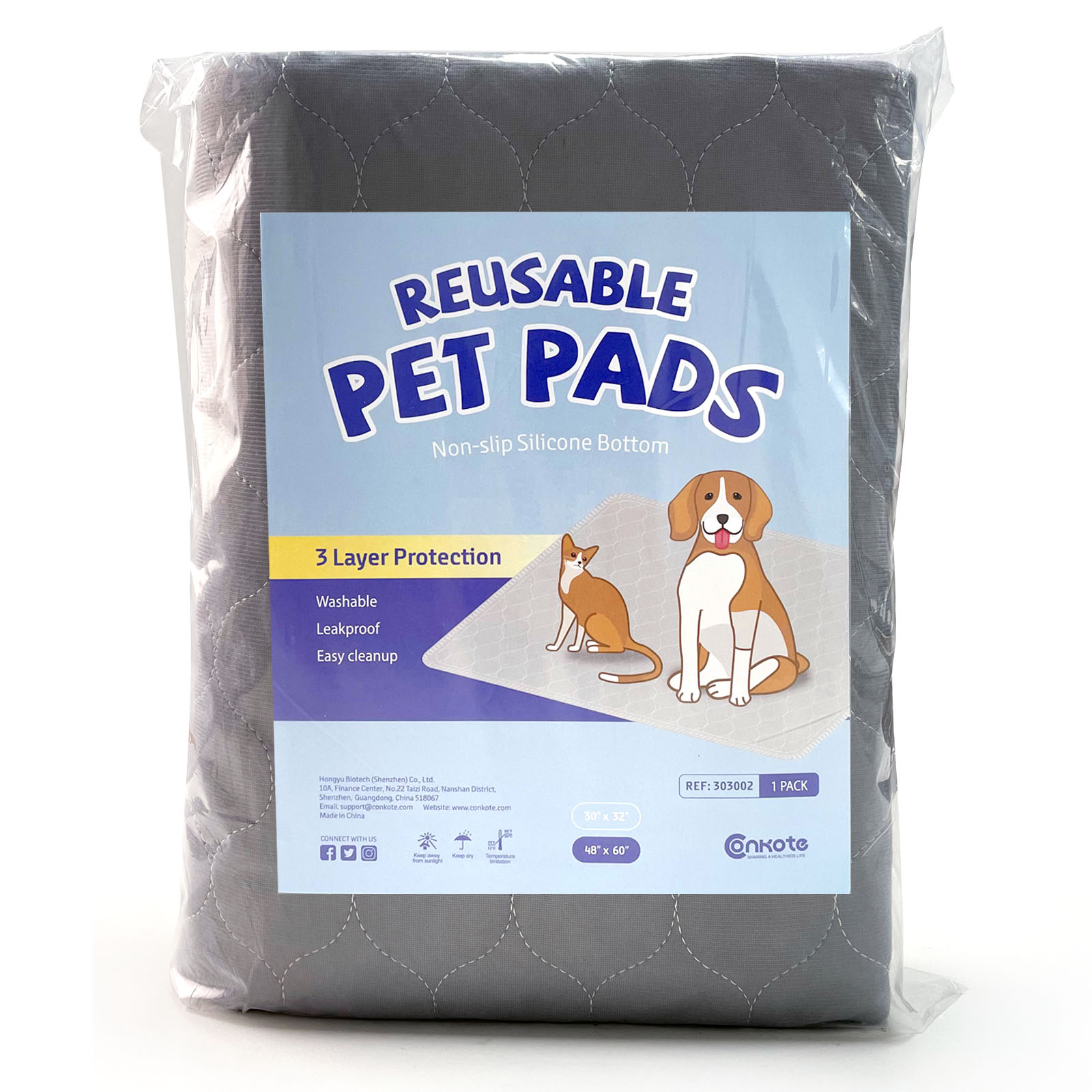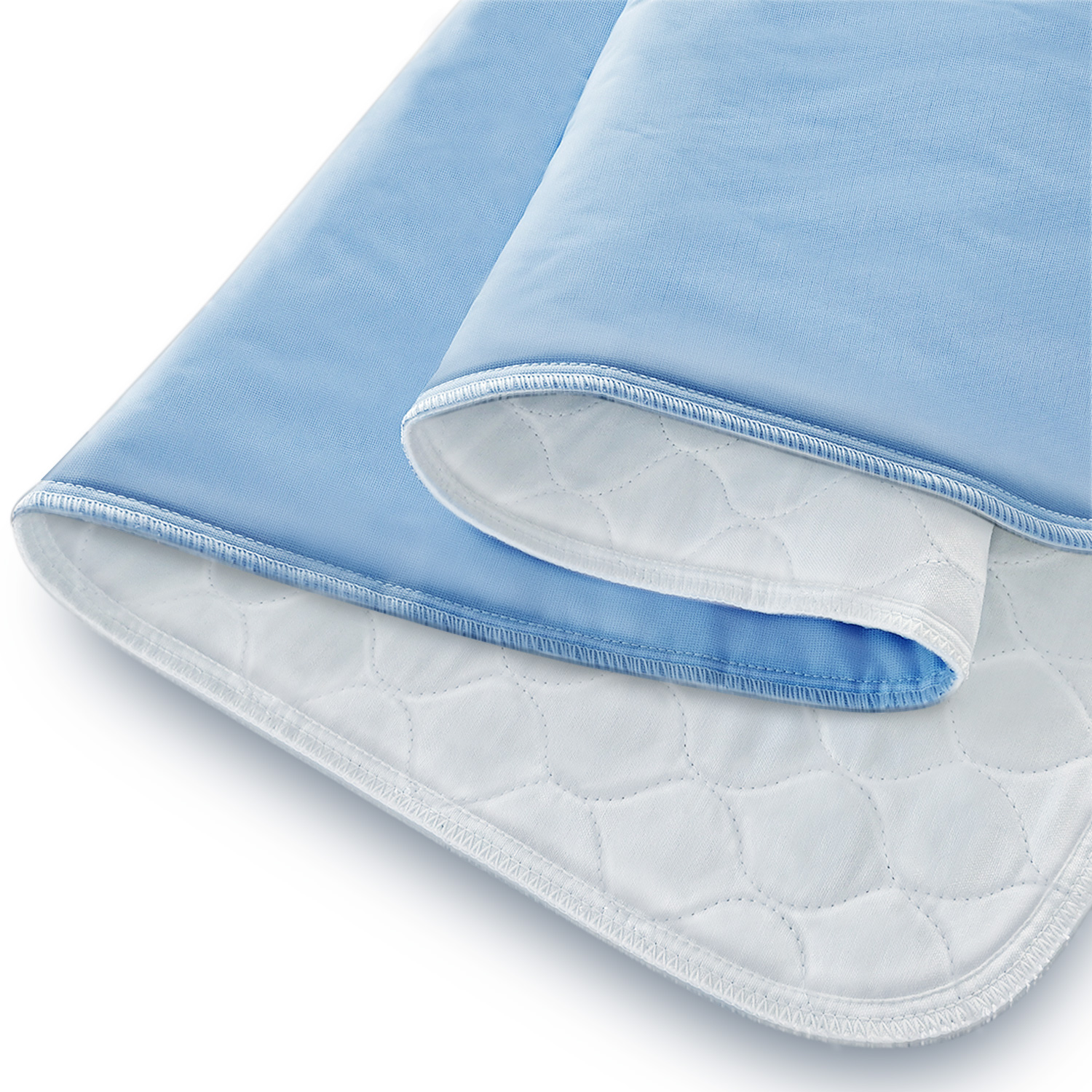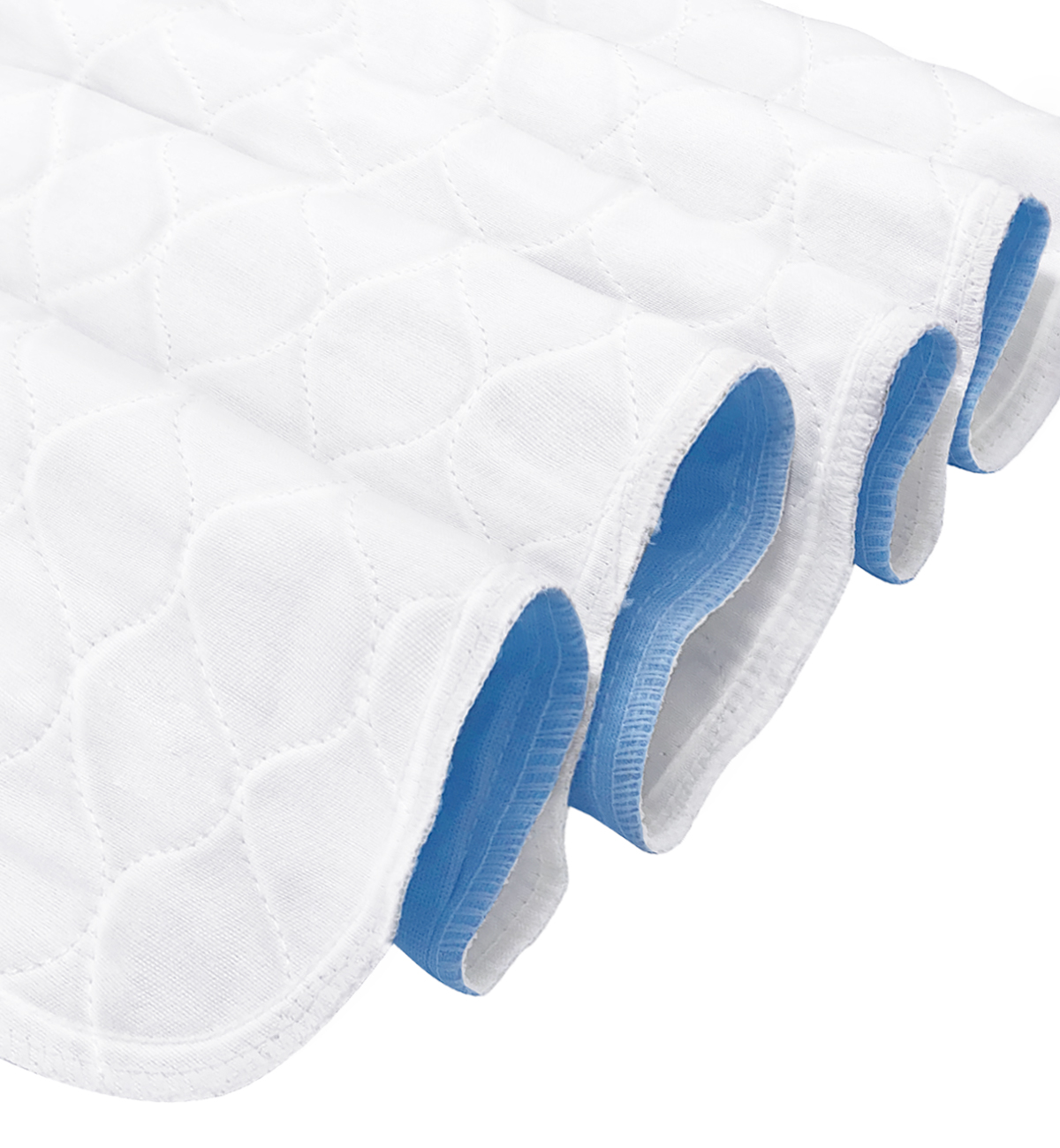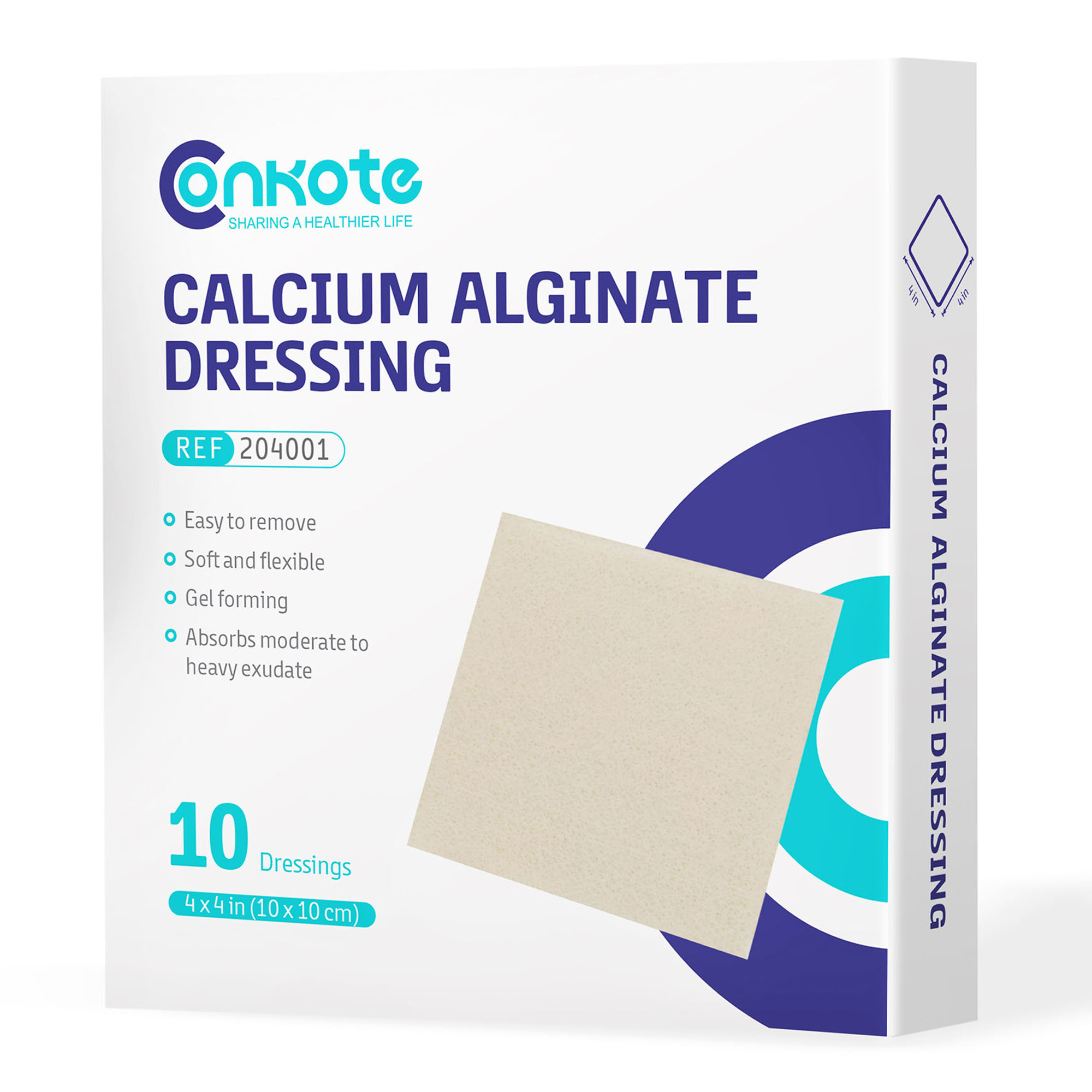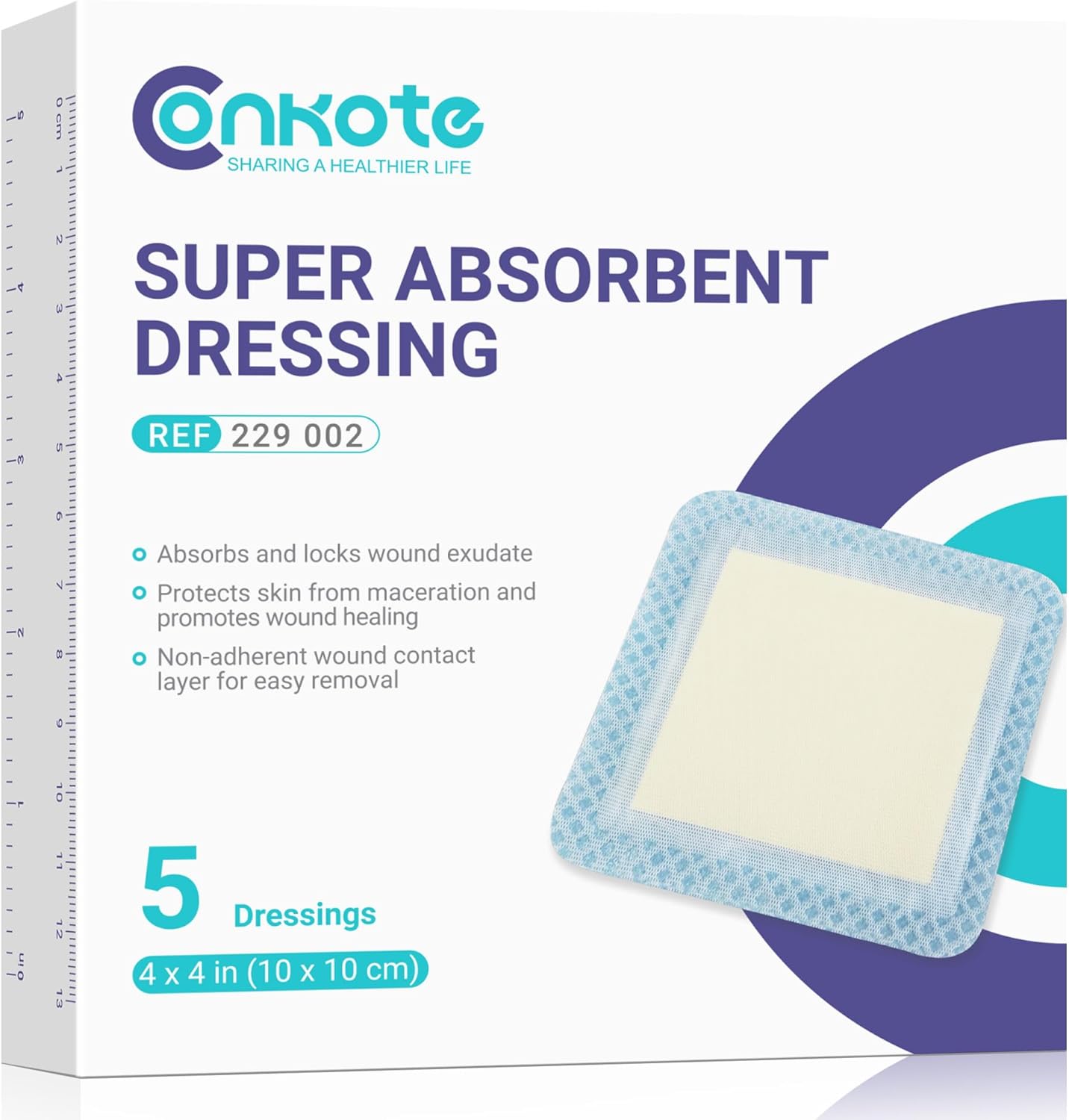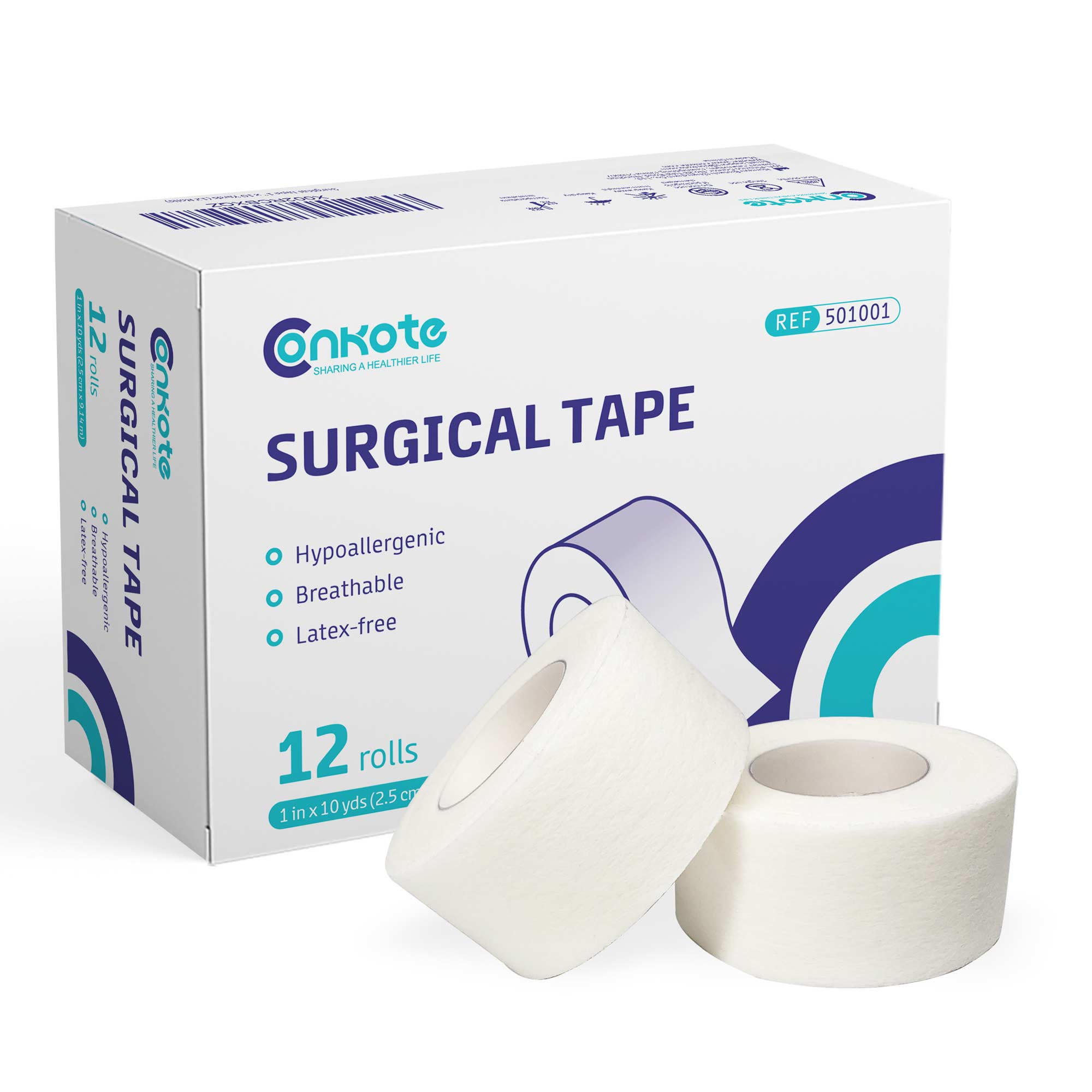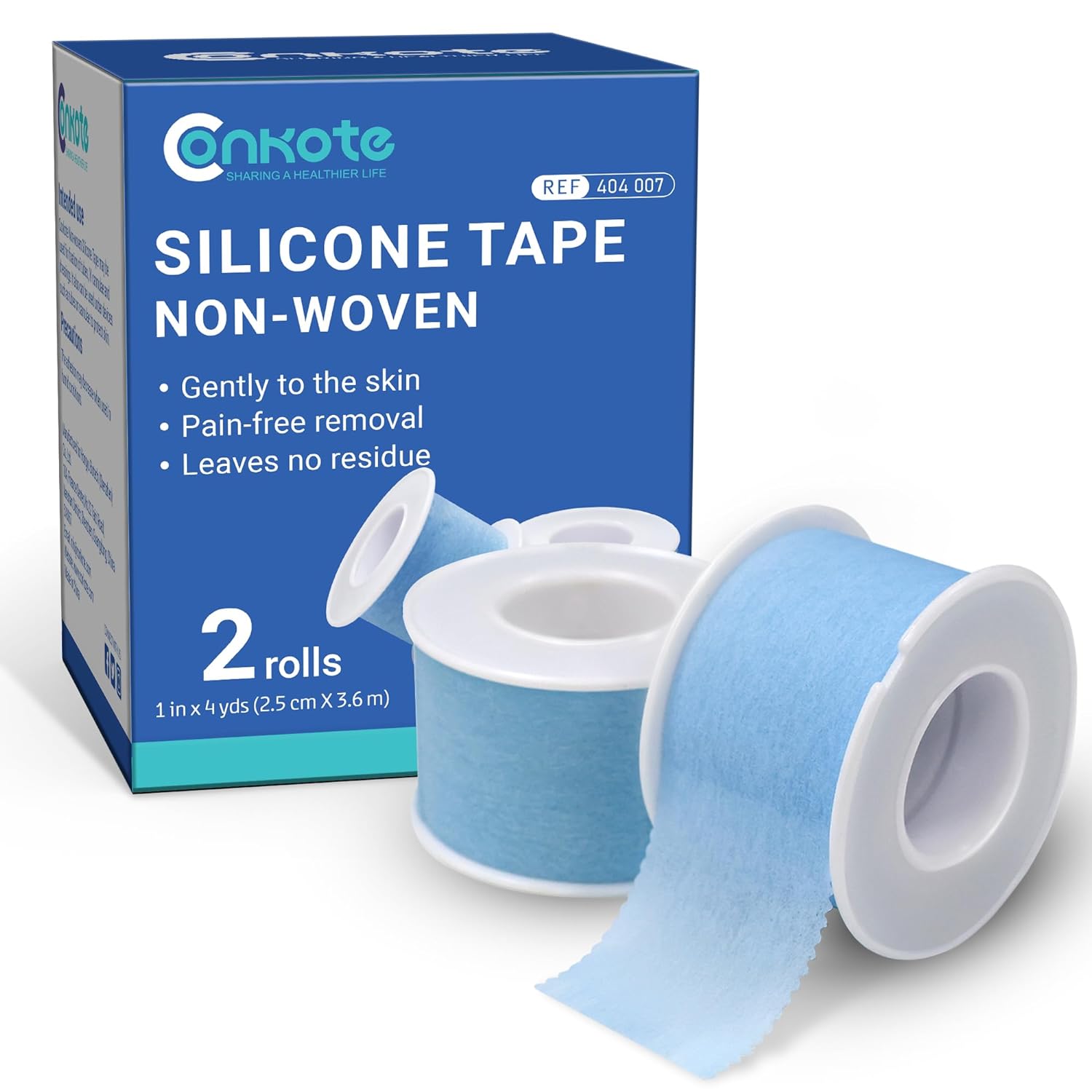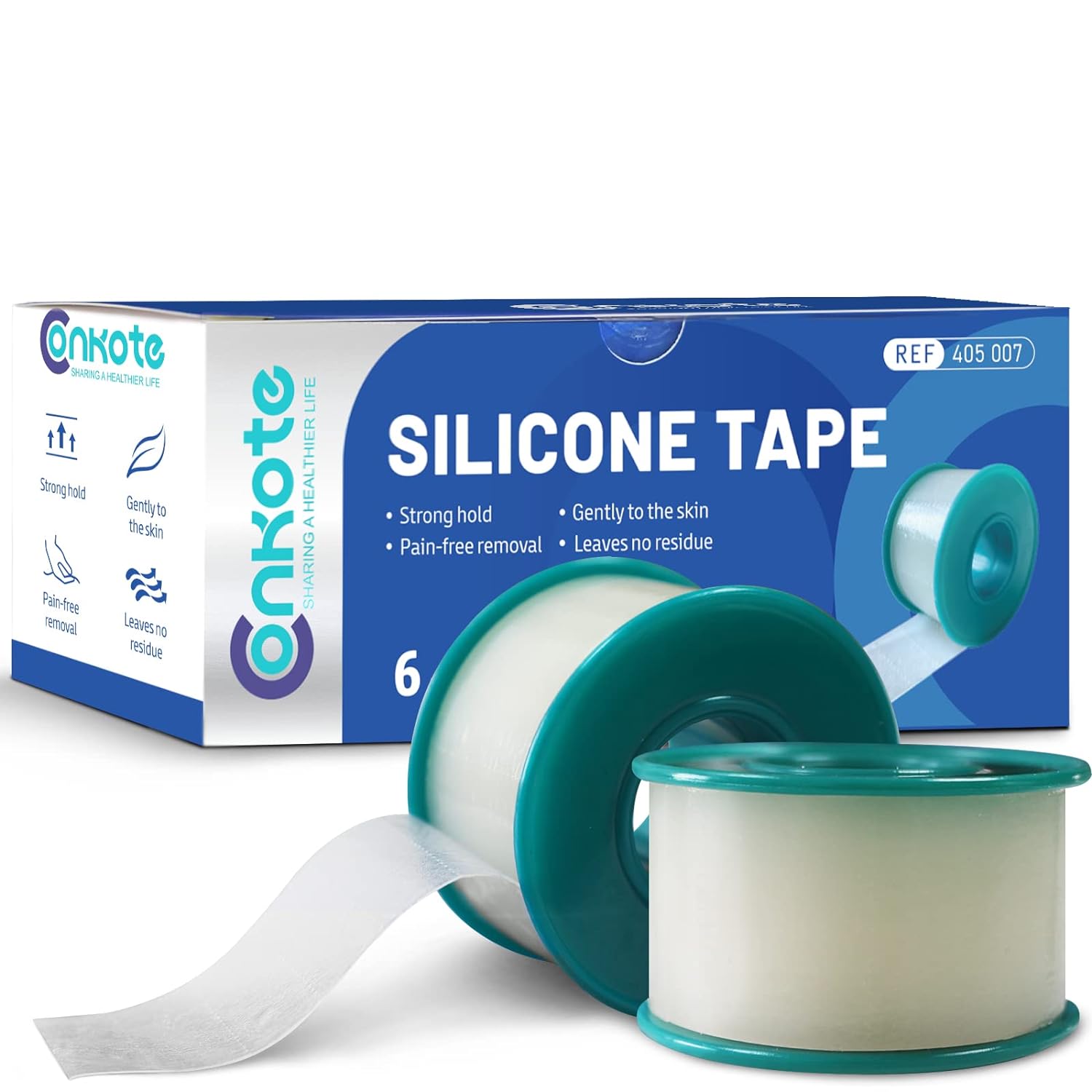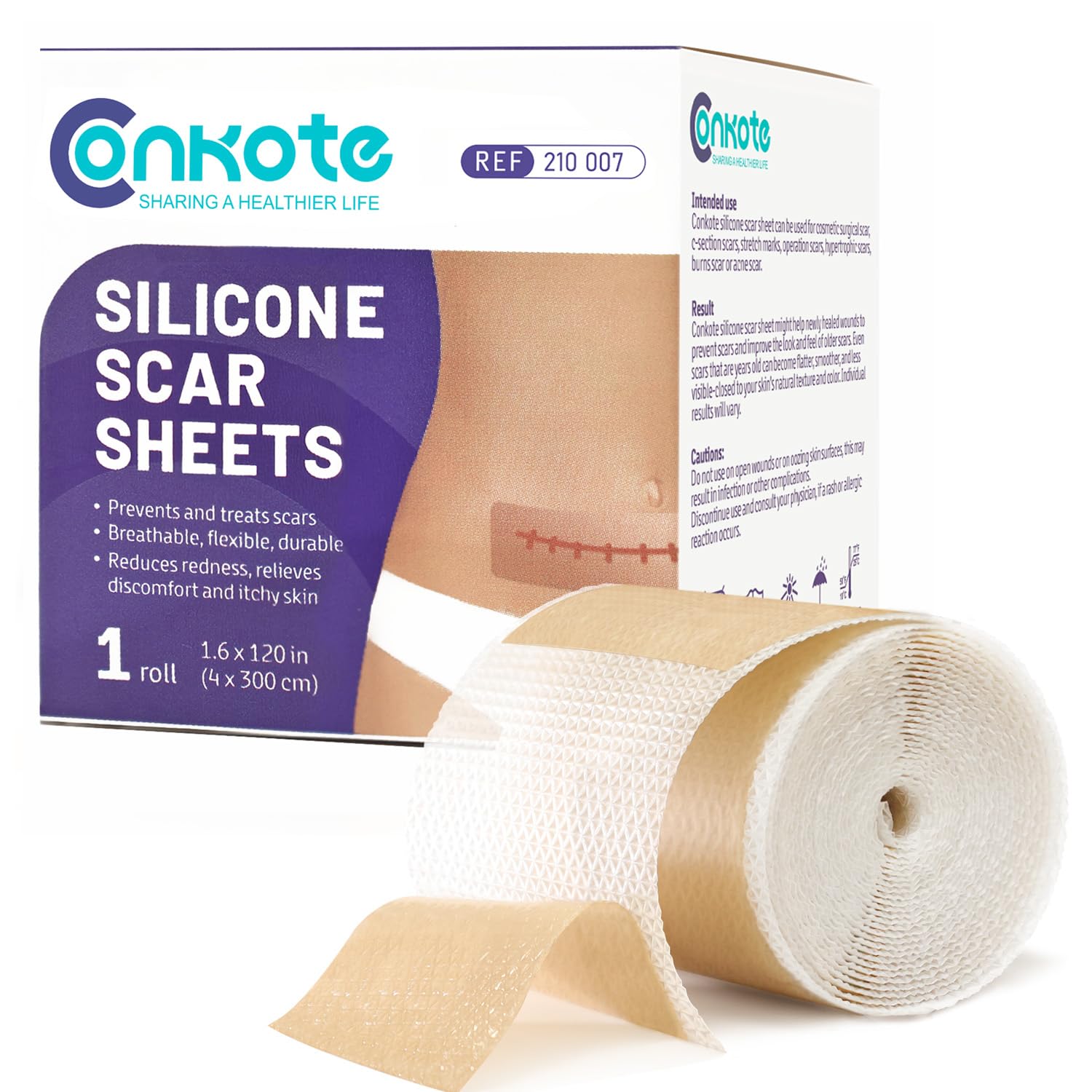How to Prevent Wound Infection
2022-08-06 2022-08-19 11:08How to Prevent Wound Infection
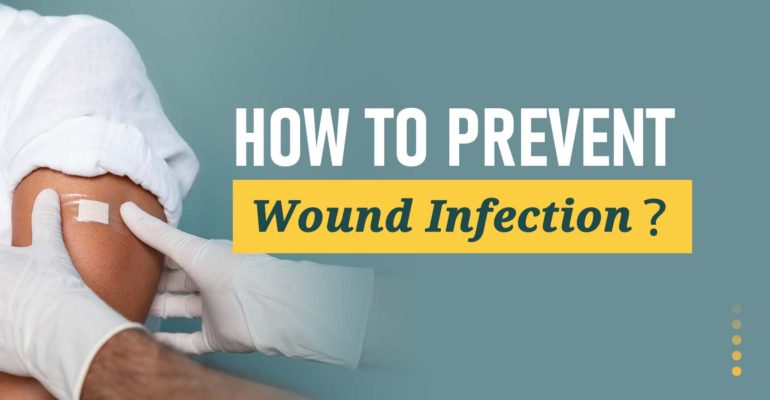
How to Prevent Wound Infection
It was not so long ago when almost anyone realized that infectious diseases were caused by tiny organisms that passed from person to person. Although we are aware that disease may be caused by microscopic living microbes, the specific mechanisms by which they do so are not always easy to determine. On the other hand, we do know that the majority of microbes enter the body via openings such as our noses, ears, mouths, genital canals, and anuses. It is also possible for them to be transferred via our skin when we are bitten by an animal or an insect. It is important to prevent infections by blocking pathogens from entering the body, considering that this is the most effective method.
What Causes a Wound Infection?
When bacteria enter a wound and start to proliferate, it is possible for the wound to become infected. This may happen with cuts, scrapes, and other breaches in the skin. It is possible that the germs that were brought in by the object that caused the damage, or located in the surrounding the skin, or even the outside environment.
The following types of bacteria are common and have the potential to cause an infection in a wound:
- Streptococcus
- Proteus mirabilis
- Staphylococcus aureus
- Escherichia coli (E. Coli).
- Pseudomonas aeruginosa
- Acinetobacter baumannii/haemolyticus
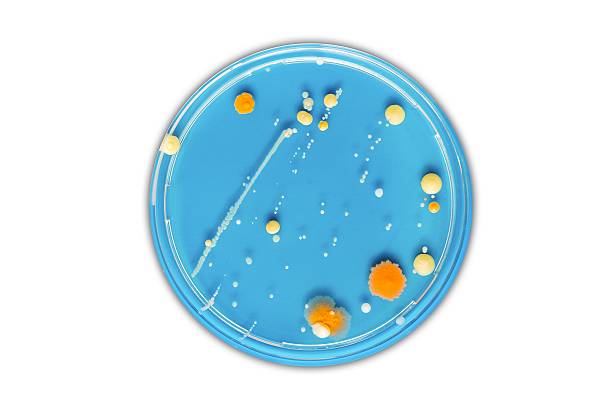
What are the Signs and Symptoms of an Infected Wound?
Any sign or symptom of a wound, such as swelling, redness or red streaks, yellow or green discharge or pus, feeling warm to the touch, and giving off an unpleasant odor, indicates that the wound is not healing correctly, so it may be infected. If the redness surrounding the incision is larger than a person’s thumb, this may also be an indication that there is an infection. Infections that are more serious may produce symptoms such as nausea and vomiting, pains and discomfort that lasts for a long time, or fever.
Aside from that, if any of the following conditions are met, then there is a greater likelihood of wound infection:
- The wound is significant in size, it is rather extensive, and it has a sharp margin.
- Contaminating the cut with dirt or other extraneous particles.
- The wound had been caused by a bite, either from an animal or from another human.
- The result of a collision with a rusty, dirty, or germ-ridden item, which caused the damage that resulted in the wound that is infected.
There are several health issues and environmental variables that, when combined, may significantly raise the likelihood of being infected. A few examples are as follows:
- Diabetes
- Acompromised immune system, for instance, as seen in patients who are HIV-positive or who use medicines that suppress the immune system
- Mobility issues, such as those experienced by those who spend the majority of their time sedentary (i.e., in bed)
- Agreater likelihood of developing a wound infection as a consequence of their increasing age
- Nutrient and vitamin deficits
When one of these is present, an infected wound will often get worse rather than better, and as a result, the intensity will typically worsen. In order to lessen the likelihood of the wound becoming infected, it is vital to thoroughly clean and preserve it.
How are Infected Wounds Treated?
Some small wound infections are able to heal on their own, but a person should seek further medical assistance if the wound begins to produce more discharge, the redness that surrounds the area begins to expand, or if the person gets a fever.
An individual could also be able to treat a moderate infection of a tiny wound at home by recleaning the wound and redressing it.
Are you not sure how to choose the appropriate wound dressing just yet?
You may choose Conkote® Silicone Foam Dressing.
- A wound dressing that is very absorbent, multi-layered, and has a softsilicone adhesive as a contact layer of the wound.
- The dressing is comfortable, soft, and very absorbent so that it can effectively seal the wound exudate and limit the danger of skin maceration.
- A gentle silicone substance that adheres to itself may be removed without causing any discomfort.
- Film that is both breathable and waterproof, designed to keep the area around the wound wet in order to hasten the healing process.
- It can be used for thetreatment of pressure ulcers, leg ulcers, diabetic foot ulcers, surgical wounds, burns of the first and second degrees, and traumatic wounds.
For more details about: Conkote® Silicone Foam Dressing.
How Can Wound Infections be Prevented?
Infection should be stopped before it ever has a chance to start, and its spread should be avoided at all costs. Good hygiene or maintaining a high level of personal cleanliness, especially of your skin, the body’s first line of defense by fighting against the spread of many infectious diseases.
It is possible for people who have a minor infection in a wound to treat it themselves at home if they have the right supplies.
Whether or not a person is able to establish whether or not their wound is infected, they may begin by following these instructions:
- Make sure that all of the appropriate equipment has been well cleaned. If you are going to be using tweezers, for instance, you should wipe them off with some rubbing alcohol beforehand.
- After washing the hands with warm water and soap, rinsing them and patting them dry are the last steps in the process.
- If there is active bleeding, apply pressure with clean gauze or bandage to the wound and keep it there until the bleeding stops.
- To disinfect the cut or scrape, pour warm water over it for a few minutes while scrubbing it in a circular motion. When cleaning the surrounding area of the wound with water that has been mixed with soap, use warm water and be really careful not to get any soap into the wound itself.
- Examine the wound carefully to ensure that it is properly cleaned and free of any foreign matter, such as dirt, grass, or gravel. You may choose to remove debris by either using tweezers or by rubbing the wound with a wet, soft cloth in a meticulous and gentle manner.
- If you want to prevent infection, cover the cut or scrape with a thin coating of petroleum jelly or antiseptic ointment.
- Before applying a bandage or gauze to the affected area, give the skin time to air-dry completely. Most of cases, there is no need to use any kind of bandage or dressing for a tiny cut or scrape.
Following these measures will assist a person in preventing infection after they have sustained a cut or wound:
- Start by cleaning the wound as soon as possible by rinsing it with clean water for several minutes. After that, wash the area surrounding the wound with warm soapy water to remove any debris from the skin. Use alcohol wipes to treat the wound if you do not have access to clean water as an option for treatment.
- Let the skin air-dry completely before proceeding.
- Put an antiseptic ointment on the cut or wound.
- Protect the wound by covering it with gauze or another appropriate dressing.
Other helpful tips:
- At the very least once every day, you should switch out the dressing on the wound. In the event that it becomes soiled or wet, replace it as soon as possible.
- Every day, carefully cleanse the wound with warm soap and water.
- If you have sensitive skin, you should avoid using iodine or hydrogen peroxide on the wound since these substances might irritate the skin in some individuals. In the event that other antiseptic ointments create skin irritation, you should immediately stop using them.
- Do not pick at the scab or the skin around the wound since this may cause scarring, cause the healing process to be prolonged, and raise the likelihood of infection.
- In the case that the wound does not show any signs of improvement within one to two days, you should see a physician.
Summary
When bacteria invade a wound and begin to proliferate inside it, this may lead to the development of an infection. The most effective method for warding against infections is to promptly clean and bandage any nicks, scrapes, or other minor wounds that may have occurred. On the other hand, those who have wounds that are bigger in size, deeper in-depth, or of a more severe nature should have a competent healthcare practitioner treat the injury.
An increase in pain, redness and swelling in and around the afflicted region are some of the indications and symptoms of wound infection. A person could able to treat a moderate infection of a tiny wound at home by recleaning the wound and redressing it.
However, more severe wound infections need immediate medical treatment, especially in the presence of fever, a general sense of being sick, red streak, and discharge coming from the wound.
Search by Tags
advanced woundcare dressing Bedsores Blood Blood donation chronic decrease Chronic Wound comprehensive guide Conkosil Diabetes diabetes foot diabetes prevention Diabetes,Foot Problems,wound Diabetic foot dog training donation dor pee pads Easy Tips First aid health health life Home Care Ionic Silver Dressin Innovative Technology for Wound Care Lesions Measure a Wound medical tape Moist Wound Healing Negative pressure wound therapy papertape pet care Pressure Ulcers puppy pee pads Self-Adhesive Bandage Skin care tape Tobacco traditional wound care dressing World No Tobacco Day Wound care wound dressing wound healing wound infection wound materials woundmaterials wound type wound vac





